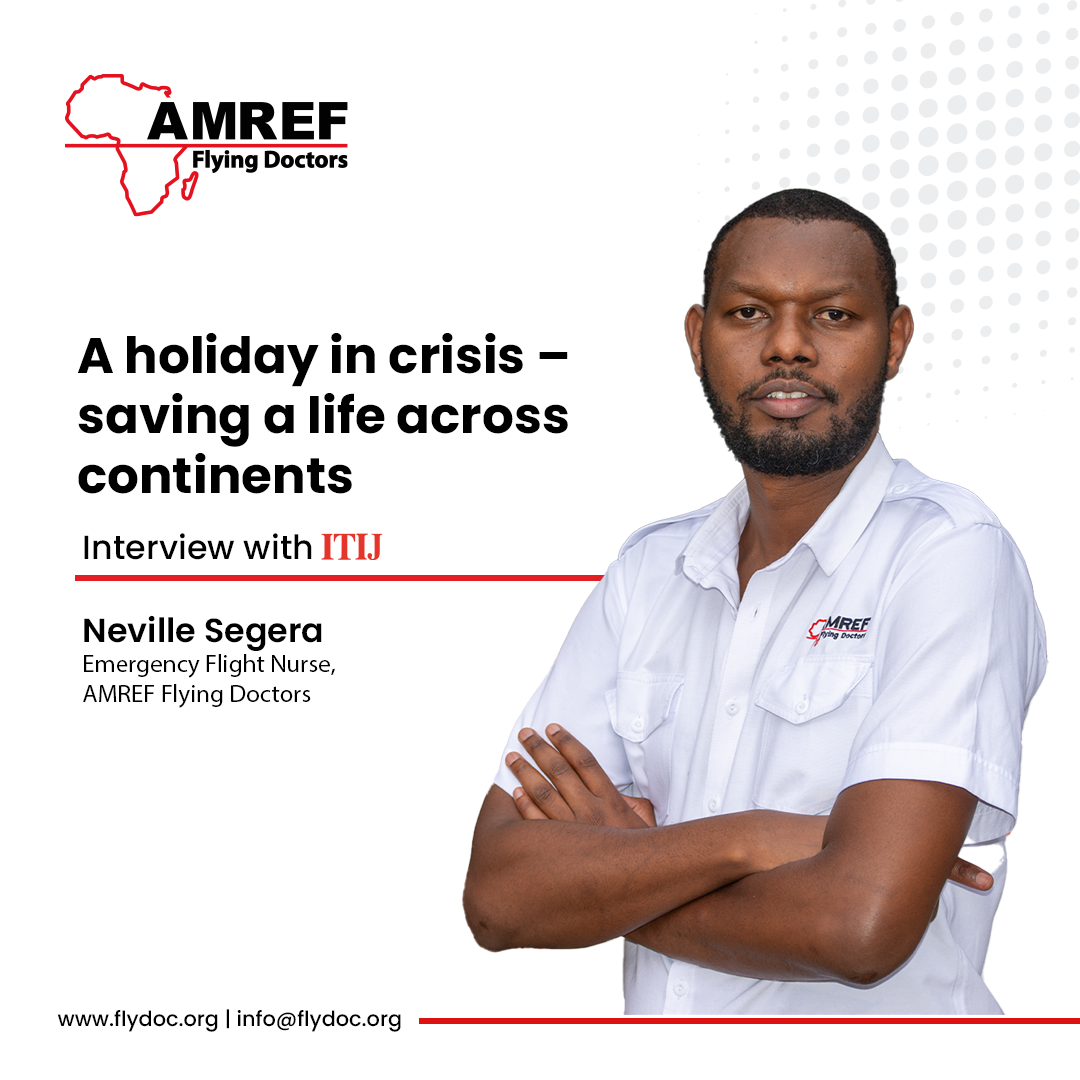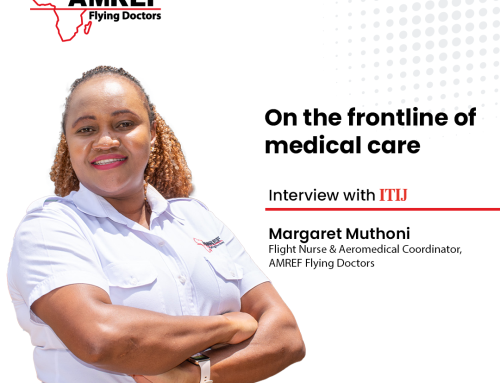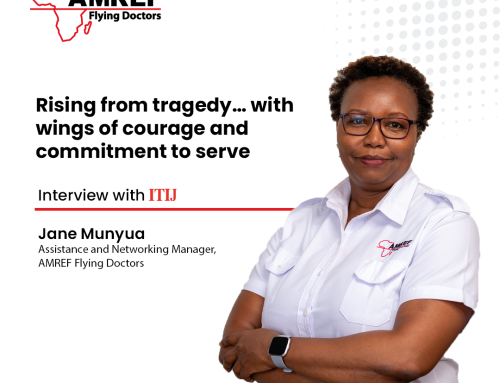AMREF Flying Doctors recounts the evacuation of a critically ill patient from Mozambique to France via Kenya
What began as a relaxing holiday in Maputo, Mozambique, quickly spiralled into a nightmare for one middle-aged man. Within days, a sudden illness left him critically ill, his existing heart condition making matters worse. The local hospital staff did all they could, but with limited resources and no specialist cardiac support, his family faced the terrifying possibility of losing him so far from home.
With time running out and no advanced care available, the family reached out to AMREF Flying Doctors – setting in motion a complex two-part mission that would test medical skill, logistics, and endurance.
Escalating emergency
As the patient’s condition deteriorated, options on the ground narrowed. Breathing became increasingly difficult, and the hospital lacked a portable ventilator to stabilise him for transport. The risk of him not surviving the night was very real.
Meanwhile, AMREF Flying Doctors’ operations team in Nairobi worked urgently to secure landing and overflight permits across several countries. These clearances, often routine, became critical stumbling blocks. Hours stretched into tense waiting as paperwork and approvals were chased – each delay increasing the strain on both the patient and his family.
First mission: Mozambique to Kenya
By dawn, the mission was ready to launch. A Pilatus PC-12 was dispatched with a pilot, first officer, doctor, and critical care nurse on board. The crew knew the margin for error was slim.
On the ground in Maputo, transferring the patient from hospital to aircraft was itself a challenge. Every movement risked destabilising him further. Once secured on board, the medical team worked constantly to keep him stable through the turbulence and altitude changes of the flight.
When the aircraft finally touched down in Nairobi, there was no pause. An ambulance was waiting on the tarmac, rushing him directly into intensive care at a partner hospital in Nairobi. For his family, it was the first moment of relief in days.
Second mission: repatriation from Kenya to France
Several days of advanced treatment in Nairobi bought precious time. But his recovery was only partial, and doctors agreed he needed to be transferred home to France for ongoing care.
This mission, however, carried its own hurdles. A transcontinental evacuation meant hours of flight time, multiple international clearances, and meticulous fuel and oxygen planning. Any oversight could put the patient at risk mid-air.
A Cessna Citation Sovereign C680 jet was chosen for its long range and ICU-standard medical equipment. The crew braced themselves for a demanding journey.
After long hours across multiple airspaces, the jet touched down in France, where specialists and family members were waiting.
Critical care nurse, Neville Segera, who flew both missions, reflected on the experience: “After the first flight to Nairobi, I wasn’t sure we’d see him strong enough to travel again. Weeks later, being on the flight that took him back to France was a reminder of what teamwork can achieve. These cases are not just about flying – they’re about determination, resilience, and giving families hope when everything seems stacked against them.”
A mission beyond borders
This mission highlights a reality faced by many across Africa: when critical illness strikes, advanced interventions are not always within reach. In those moments, air ambulance services bridge the gap.
For this patient, AMREF Flying Doctors became that lifeline – linking care from bedside in Mozambique, to stabilisation in Kenya, and finally to specialist treatment in Europe. It was a mission beyond borders, proving that in the face of delays, risks, and uncertainty, hope can still take flight.
First Published: Inte– Air Ambulance Magazine | October 2025
Author: Neville Segera
Editor: Jane W. Muthoni













